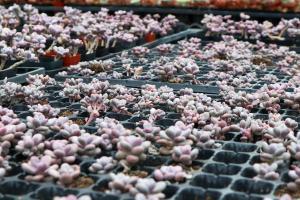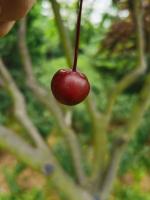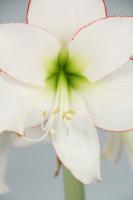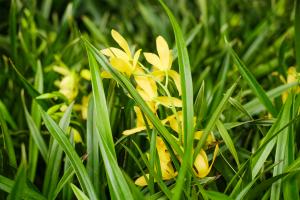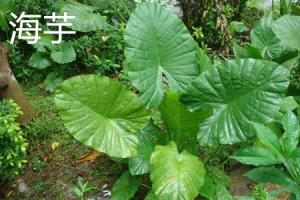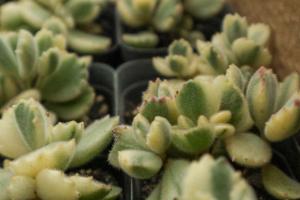1、 Soil
Hydrangea is suitable for fertile and well drained sandy soil, which can be more conducive to its growth and flowering
2、 Watering
The amount of watering should not be too large. Just keep the soil moist. If the soil is too wet, its leaves will rot easily. When the temperature is high in summer, spray water around to reduce the temperature. In rainy season, drainage measures should be taken to avoid ponding and rotten roots
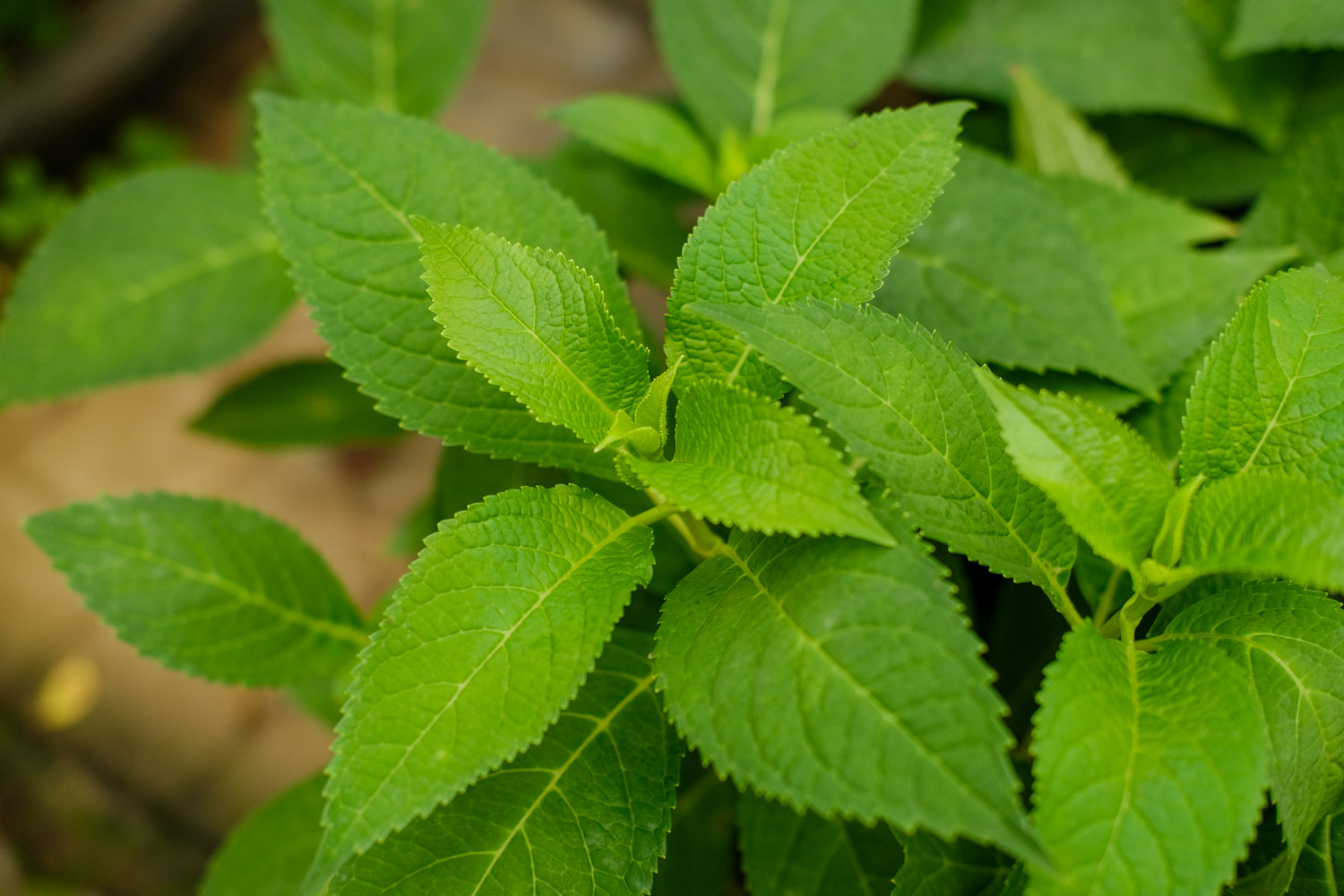
3、 Illumination
Hydrangea likes shade and doesn't like sunshine. It's best not to let it be directly exposed to the sun, especially in summer. If the sun is too strong, it will burn it. When the light is weak in autumn and winter, it should be placed in a bright position, which is conducive to flower bud differentiation
4、 Fertilization
During its peak growth period, it can apply thin cake fertilizer every half a month. When it is pregnant, it can be topdressed appropriately for 1-2 times. Adding calcium superphosphate soaking solution can make it bloom larger and its color will be more bright
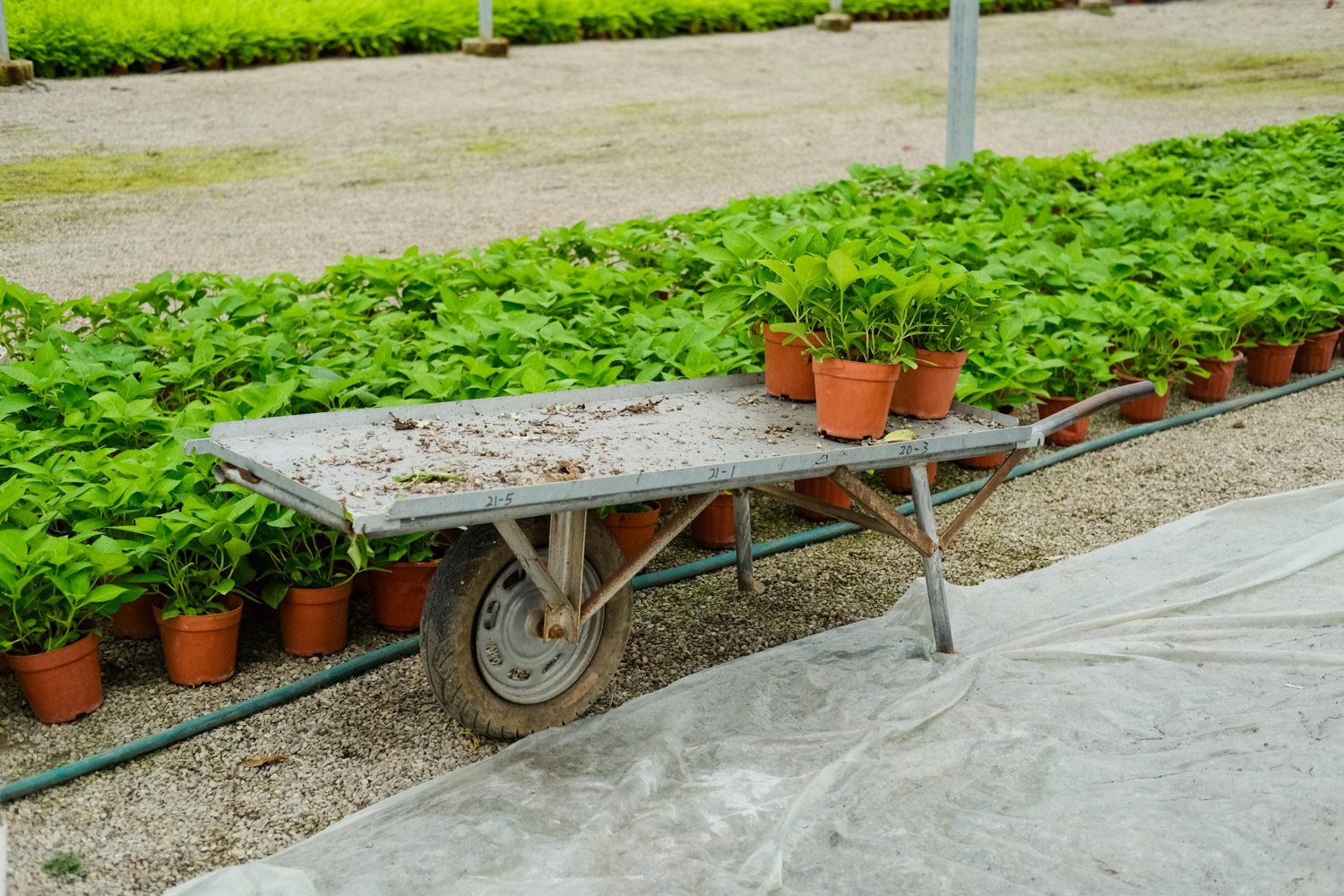
5、 Precautions
1. Prevention and control of diseases and insect pests: the diseases generally include powdery mildew and leaf spot, which should be sprayed with zinc Daisen wettable powder after being infringed; Aphids are the most common pests, which can be sprayed with cigarette butts soaked in water or Omethoate emulsion
2. Winter maintenance: after entering winter, it should be placed indoors for breeding, and the temperature should be controlled above 5 ℃, so that it can survive the winter safely. Reduce the amount of water in winter to avoid root rot


 jackfruit
jackfruit snake plant
snake plant hibiscus
hibiscus hydrangea
hydrangea lavender
lavender Green roses climb al...
Green roses climb al... If you don't pay att...
If you don't pay att... Management of four g...
Management of four g...
